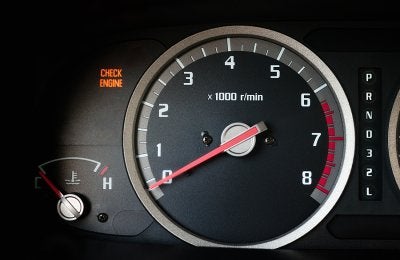One of the great things about modern cars is how they keep drivers informed about problems that are developing. A quick glance at the dashboard can tell you if your tires are low, if you need an oil change, or if your car’s battery is drained. Unfortunately, not all dashboard warnings are that clear or easy to understand. One of the reasons why the “check engine” light is so worrisome for drivers is because of the large number of mechanical and electrical problems that can cause the light to come on. The only way to know for sure is to visit an auto repair shop in Sacramento that specializes in check engine light diagnostics . In the meantime, here’s a look at some the reasons your car’s check engine light might be on. 
Loose Gas Cap
Faulty Oxygen Sensor
One of the most common check engine light causes in a faulty oxygen sensor. There are a number of reasons why the O2 sensor can fail, including corrosion due to internal engine leaks and using gas with a higher ethanol concentration than the engine is designed to handle. If the O2 sensor is to blame, it’s in your best interest to have it repaired or replaced as soon as possible as a faulty oxygen sensor can cause a significant drop in fuel economy.
Broken Thermostat
A car’s thermostat regulates engine temperature by opening and closing to regulate the flow of coolant. Over time, the thermometer can become corroded and fail to properly regulate the engine’s temperature. If this happens, the check engine light can come on so you seek auto repair and fix the broken thermostat to keep the engine from overheating.

